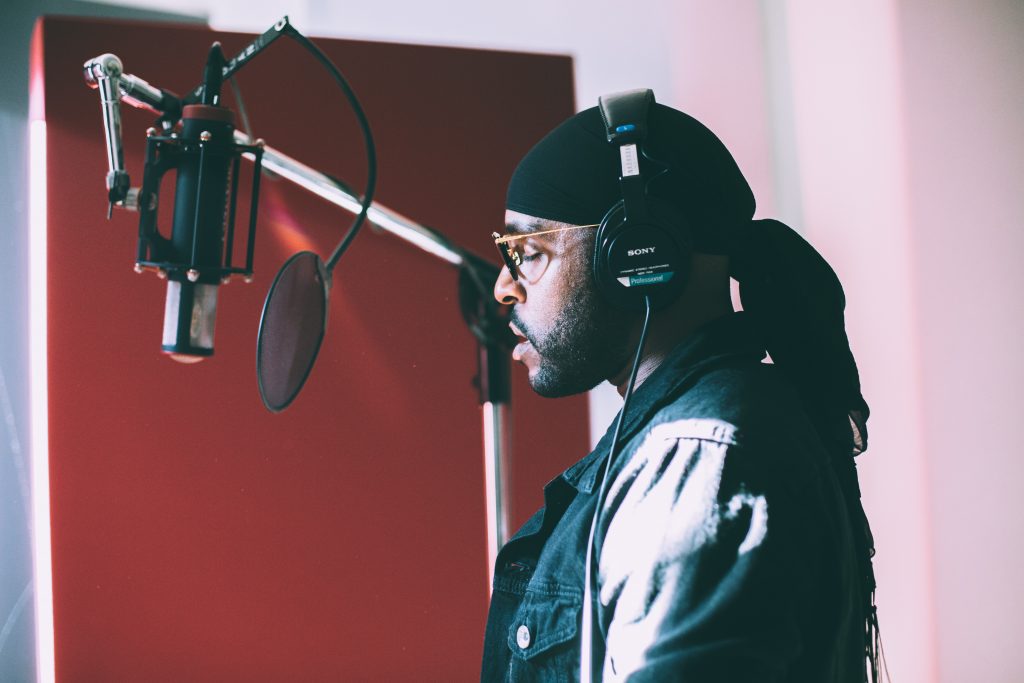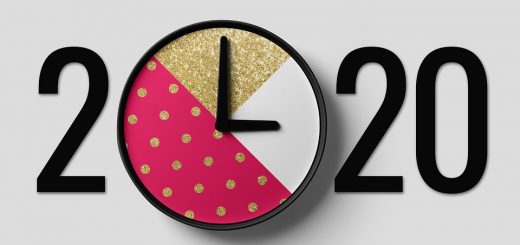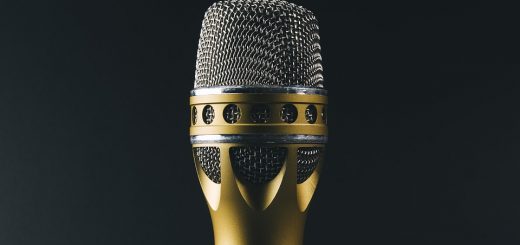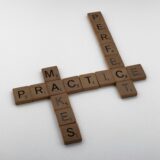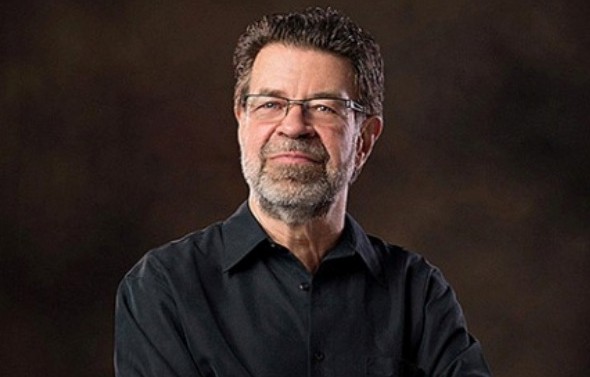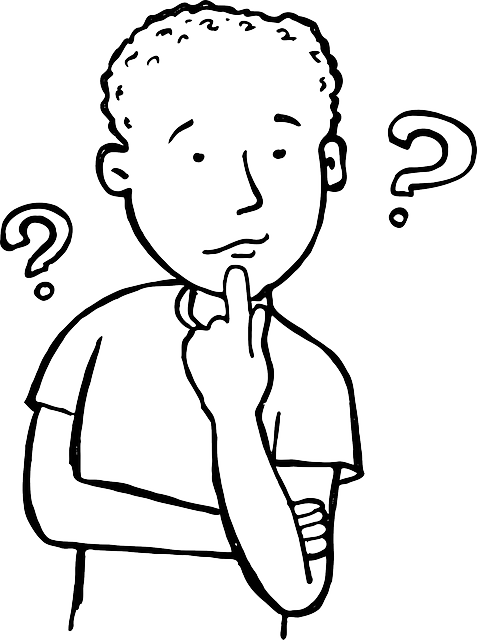Positioning Guide For Recording Voice Overs
The way you position yourself when you record scripts seems to be a no brainer task and something you would not bother complicating.
We aim to inculcate to every voice actor that though you should be really just enjoying doing voice overs, no step should be undervalued. And so shouldn’t be recording positions.
The position you record your voice over, particularly ones that are long like audiobooks affects the tone, clarity and consistency. If you are recording for long periods of time, you’ll probably slouch after an hour or two. Slouching not just changes your position, but also diminishes your energy, affecting the overall quality of your voice. Your position when you record voice over is critical as it also plays part in keeping you in character.
Generally, if you place the microphone too close to your mouth, you might get that distorted clipping sound. On the other hand, if you position it too far from you, you pick up more ambient noise with the audio being less discernible.
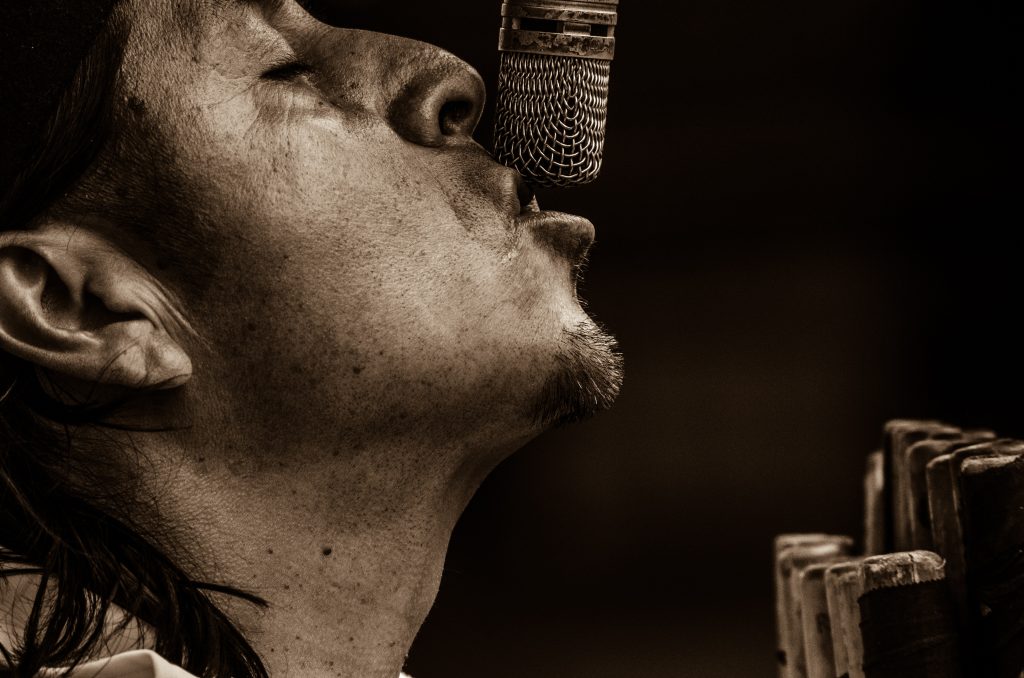
What’s the safest microphone position?
By setting the microphone 6 to 12 inches from you, you’ll get a crisp clear voice. Also, make sure the microphone’s not right next to the computer so it doesn’t pick up the fan noise.
Typically, you may either record your voice overs while sitting or standing. There is a lot of debate on whether it is better to sit while recording or to stand. It’s actually case to case basis. Let’s see the pros and cons for both:
Sitting Position
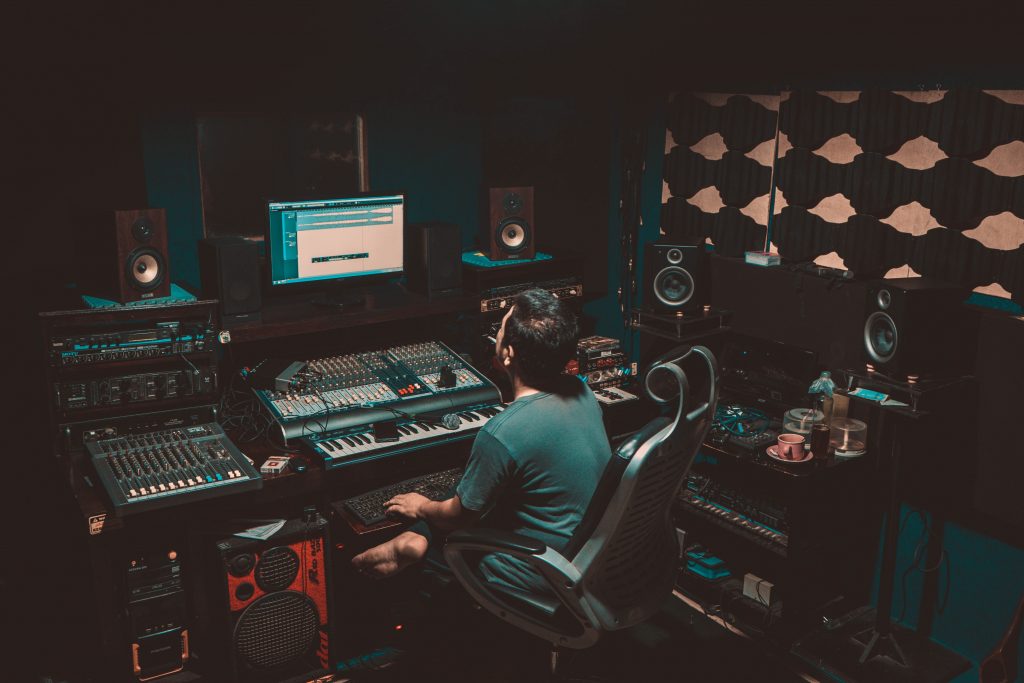
If your recording equipment is extensive, the first choice would be to sit near the microphone for maximum comfort. Here are the the pros and cons of sitting at the mic while recording voice overs:
Pros:
You can record for longer period of time. Because of absolute comfort and convenience, recording on a sitting position allows you to create a more intimate atmosphere and record with a soft, gentle voice. You need not to try hard to achieve the quality of voice that you want because of ease, hence, this position gives you a seamless voice acting experience.
Cons:
Because you are seated, you have limited freedom for hand gestures. This is especially important because you may need to adjust let’s say the microphone per se or you may need to do something urgent in your computer. Also, your voice overs may lack personality because body language isn’t possible. But this one is achievable. It’s a matter of practice and strategy in bringing the characters in your script into life.
There are also some health implications for sitting for too long. Sitting or lying down for too long increases your risk of chronic health problems, such as heart disease, diabetes and some cancers. Sitting too long also gives you the inevitable back pain and muscle cramps. To know more about the dangers of sitting for extended periods of time, read on this article from Better Health Channel.
Standing Position
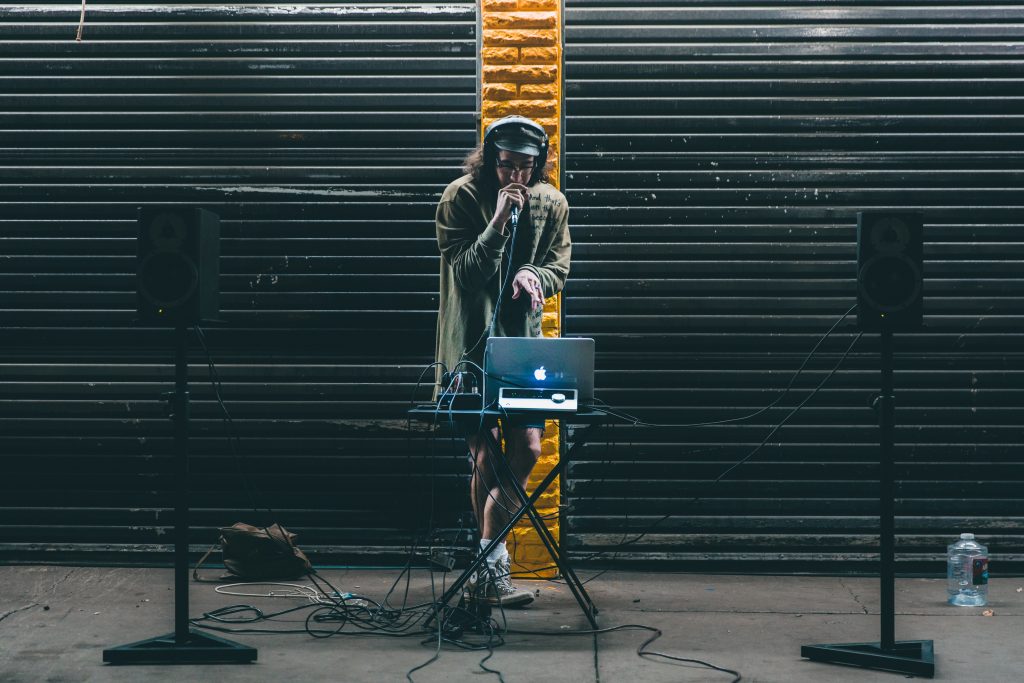
Your voice over coach may advise you during your vocal exercises, “Keep your body in the right posture”. This by default, means standing. Many voice actors and especially singers definitely find it appropriate to stand at the microphone while recording their voices. However right, it still depends on the case for voice actors. Let’s look at the pros and cons of recording in this position:
Pros:
Because you have more freedom to move, your body language can be ‘heard’ in your voice. Breathing is of course more comfortable when you’re standing so it brings more energy to the table.
Cons:
It is needless to say that you should not record a script that contains 6000 words on a standing position. Simply, there are voice over genres where standing applies when recording, and the other way around. If you record scripts for literally hours, it is impossible for you to not get tired. Your voice will be drastically affected if you do that. Certain medical conditions (if any) can also get worse if you stand for too long.
—
Unquestionably, standing is going to produce better sound and a better voice over. There’s just something about not being hunched over that makes you come across better. In addition, you can be more animated while standing up.
Both ways are fine. It is of common sense to decide which fits the type of voiceover that you need to produce. Just make sure to take regular breaks while recording regardless of the recording position.

